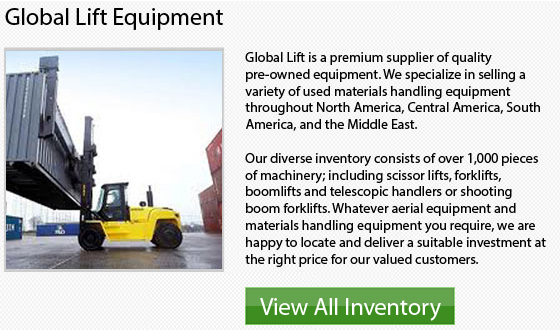
A forklift must be inspected correctly and given a test run prior to purchasing it. This applies especially to trucks being obtained on line. It is essential to detect potential problems with trucks acquired from businesses on the World Wide Web.
Be sure to start the engine from cold, and note the ease with which the engine turns over and whether there is excessive smoke. This is specifically vital with IC engine trucks.
Testing the performance of the truck in tough situations should be included in the test run. An operator who is trained can drive the truck in forward and reverse, up the ramp.
You could perform your own inspection of an IC engine truck. On a clear area of floor, run the truck around for a few minutes while a trained driver tests the hydraulic functions. Afterward, examine the ground beneath for signs of fluid leakage. Even seemingly insignificant leaking can indicate serious issues that will be very costly to repair later on.
A skilled person must inspect the chains and masts. Check with and without a load that the mast operates smoothly. Watch for 'binding' or sticking of the mast. A warning sign is play in the mast channels or between the fork carriage and mast. One more is creeping down or creeping forward of the mast when loaded. These can be symptoms of problems with valve, seals or ram.
If the truck is used, the mast may have been changed at some time. Make certain that the mast and any fitted attachments adhere to the rating plate on a truck. Make certain that the sideshift is not sticking when loaded.
Looking closely at the thickness of the heel for damage or wear must be included in the inspection. The truck's manufacturer specifies minimum thickness. A loose fit could mean the carriage or hanger points are worn. Look for cracks on the arms at mountings and heels.